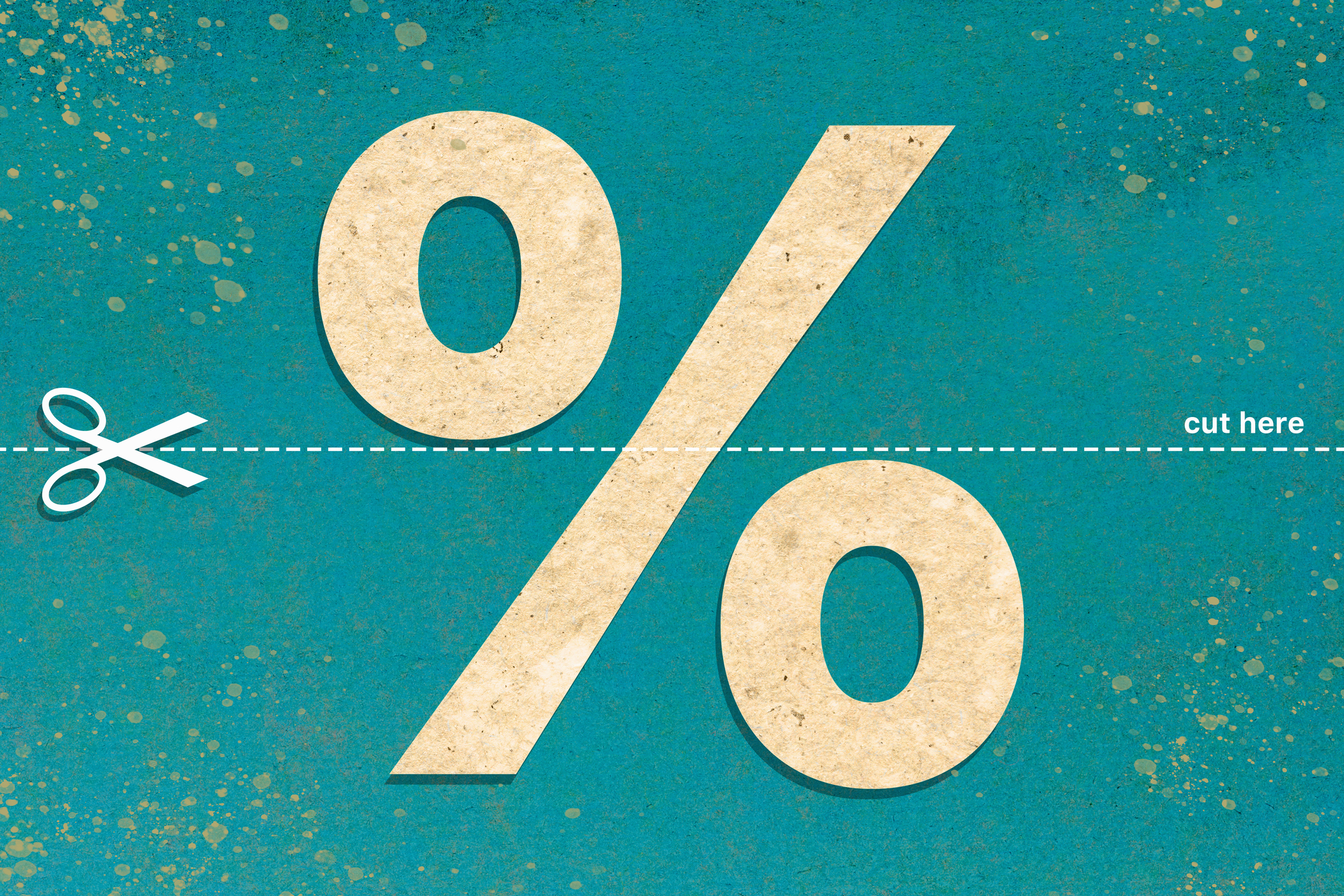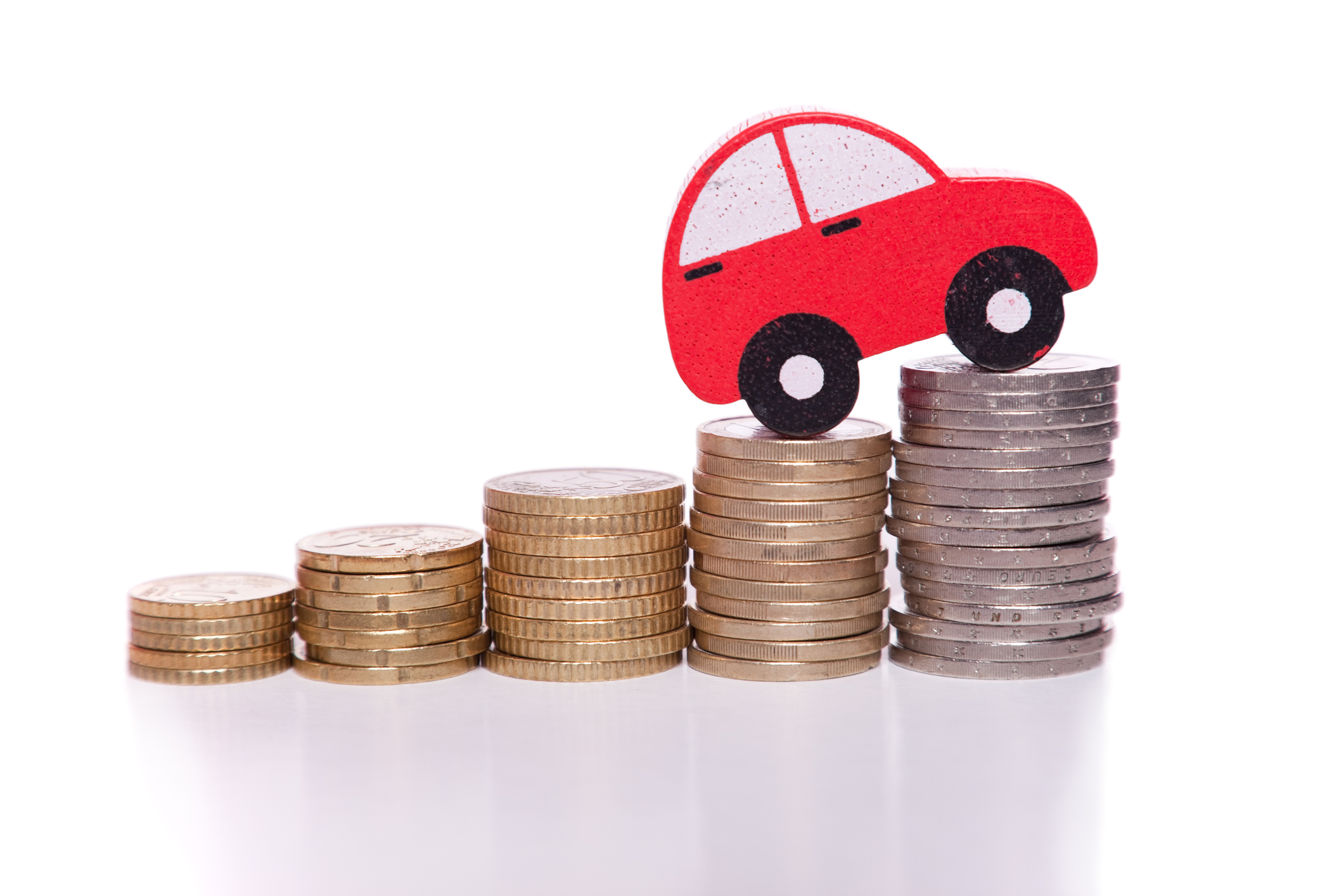What New Tariffs Mean for Car Shoppers
Car deals are growing scarcer. Meanwhile, tax credits for EVs are on the way out, but tax breaks for car loans are coming.

To help you understand what is going on in the economy and beyond, our highly experienced Kiplinger Letter team will keep you abreast of the latest developments and forecasts (Get a free issue of The Kiplinger Letter or subscribe). You'll get all the latest news first by subscribing, but we will publish many (but not all) of the forecasts a few days afterward online. Here’s the latest…
Just as it was getting back to normal, the car industry is in for more upheaval as automakers navigate new tariffs and big changes to how Washington subsidizes vehicle purchases. Here’s what car shoppers can expect this year.
Sticker prices up, discounts down
Prices aren’t up yet. But they will be soon. Automakers have mostly been standing pat, not passing along tariff costs as they sell inventory that was imported or assembled before the tariffs hit. Most have tried to retain market share, eating costs and hoping the levies on cars, parts and metals get negotiated down.
From just $107.88 $24.99 for Kiplinger Personal Finance
Become a smarter, better informed investor. Subscribe from just $107.88 $24.99, plus get up to 4 Special Issues

Sign up for Kiplinger’s Free Newsletters
Profit and prosper with the best of expert advice on investing, taxes, retirement, personal finance and more - straight to your e-mail.
Profit and prosper with the best of expert advice - straight to your e-mail.
Assuming that doesn’t happen, look for sticker prices to rise by 4%-8%. Discounts, which had been nearing pre-COVID levels, are becoming less generous. Expect that to continue as automakers figure out which models they are able to raise prices on, which ones to hold the line on, etc.
Some cheaper models may fall by the wayside since they tend to be imported and have lower margins. That’s bad news for budget-minded consumers. Cars in the $30,000 range were already becoming scarce as automakers focus on pricier, more lucrative models.
Expect overall sales to slow in the second half of this year, after surging in the spring because of shoppers rushing to buy before auto tariffs took effect. For the year as a whole, look for about 15.7 million sales, similar to last year’s level.
Demand for used, electric and hybrid cars
With prices of new cars rising, used cars will be in higher demand. That is pushing up their prices, which are running 3% above a year ago for similar used models. That’s also a switch: Early this year, used car prices were off by about 1% from a year earlier. If you’re open to buying a used electric vehicle, note that their supplies will pick up rapidly next year because of the jump in leasing that took place starting in 2022. 100,000 additional EVs will be coming off lease soon.
The just-passed tax law will spur significant shifts in the mix of car sales. Expect EV sales to fall notably after the $7,500 federal tax credit expires on September 30. They had already cooled off, despite a proliferation of new electric models, with about 75 on sale (about five times as many as automakers offered five years ago). Manufacturers will have little choice but to offer juicy discounts to move electric cars.
Hybrids, by contrast, will remain popular, accounting for 12% of total sales. Consumers continue to gravitate to them for their fuel economy and simplicity vs EVs. That bodes well for Toyota, which accounts for half of hybrid sales, and Honda (20%).
Tax break on car loans
Even more consumers are likely to finance new cars now, given the provision in the tax law making interest on car loans tax-deductible. That won’t save most buyers a great deal on the cost of their loan, but with affordability foremost on buyers’ minds, even a modest tax break should sway more folks to finance vs leasing or paying cash.
This forecast first appeared in The Kiplinger Letter, which has been running since 1923 and is a collection of concise weekly forecasts on business and economic trends, as well as what to expect from Washington, to help you understand what’s coming up to make the most of your investments and your money. Subscribe to The Kiplinger Letter.
Related content
Profit and prosper with the best of Kiplinger's advice on investing, taxes, retirement, personal finance and much more. Delivered daily. Enter your email in the box and click Sign Me Up.

Jim joined Kiplinger in December 2010, covering energy and commodities markets, autos, environment and sports business for The Kiplinger Letter. He is now the managing editor of The Kiplinger Letter and The Kiplinger Tax Letter. He also frequently appears on radio and podcasts to discuss the outlook for gasoline prices and new car technologies. Prior to joining Kiplinger, he covered federal grant funding and congressional appropriations for Thompson Publishing Group, writing for a range of print and online publications. He holds a BA in history from the University of Rochester.
-
 Holiday Tax Scams: 'Tis the Season to be Wary
Holiday Tax Scams: 'Tis the Season to be WaryTax Scams Navigating tax tricks of the holiday season may be daunting, but don't let that destroy your festive spirit
-
 Metro by T-Mobile Is Giving Away This Samsung Galaxy A16: Which Plans Are Eligible?
Metro by T-Mobile Is Giving Away This Samsung Galaxy A16: Which Plans Are Eligible?Metro by T-Mobile is offering free Samsung Galaxy A16 phones on eligible plans right now. Here’s how the deal works.
-
 I Drive and Collect Classic Cars: Here’s How I Got Started
I Drive and Collect Classic Cars: Here’s How I Got StartedAre classic cars a hobby or an investment strategy — or both? Either way, the vintage car scene is much cooler and more affordable than you think.
-
 Disney’s Risky Acceptance of AI Videos
Disney’s Risky Acceptance of AI VideosThe Kiplinger Letter Disney will let fans run wild with AI-generated videos of its top characters. The move highlights the uneasy partnership between AI companies and Hollywood.
-
 4 Great Tools to DIY Your Own Financial Plan
4 Great Tools to DIY Your Own Financial PlanSmart Savings Several tools picked out by Kiplinger that DIYers can use to make their own financial plan.
-
 AI Appliances Aren’t Exciting Buyers…Yet
AI Appliances Aren’t Exciting Buyers…YetThe Kiplinger Letter Artificial intelligence is being embedded into all sorts of appliances. Now sellers need to get customers to care about AI-powered laundry.
-
 What to Expect from the Global Economy in 2026
What to Expect from the Global Economy in 2026The Kiplinger Letter Economic growth across the globe will be highly uneven, with some major economies accelerating while others hit the brakes.
-
 21 Money Moves Smart People Are Making Before 2026
21 Money Moves Smart People Are Making Before 2026These steps can help trim your tax bill, boost your savings, lower your health care costs and set you up for financial success in 2026.
-
 Giving Tuesday 2025: 'Every Small Act Makes a Major Difference'
Giving Tuesday 2025: 'Every Small Act Makes a Major Difference'GivingTuesday encourages generosity in any form, from donating to charity to helping your neighbors.
-
 How to Position Your Portfolio for Lower Interest Rates
How to Position Your Portfolio for Lower Interest RatesThe Federal Reserve is far from done with its rate-cutting regime. This is how investors can prepare.
-
 Moves to Manage the Soaring Costs of Owning a Car
Moves to Manage the Soaring Costs of Owning a CarIt's costing more and more to keep a car on the road, but you can drive some costs down. Here's how to get a better deal on insurance premiums, repairs and gas